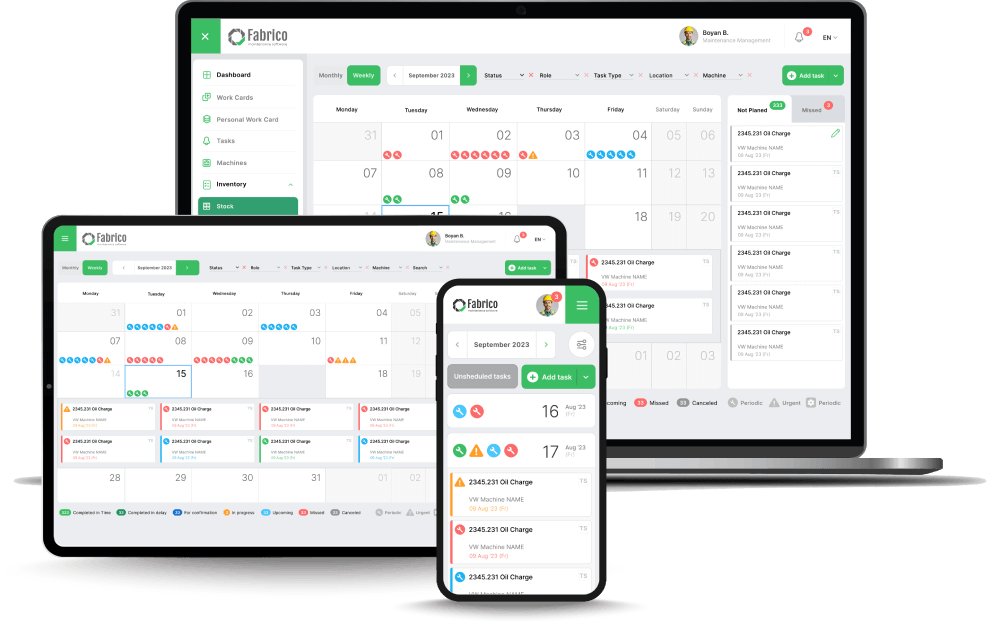In a production or manufacturing environment, scheduled maintenance is an absolute necessity. It aims to ensure that machinery and equipment operate optimally.
When this outcome is achieved on a consistent basis, organisations can enjoy less downtime and equipment breakdowns.
If you are wondering, “What is scheduled maintenance?” and “How does scheduling maintenance save time and money?”, this post is for you.
Below, we outline what this strategic approach is, how it differs from planned maintenance, what its benefits are and how to calculate the scheduled maintenance critical percentage (SMCP). Let’s begin.






